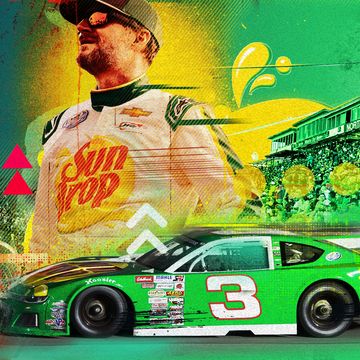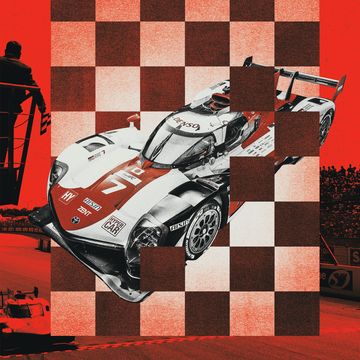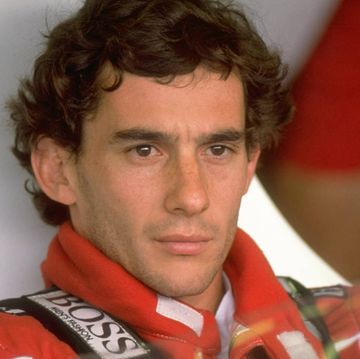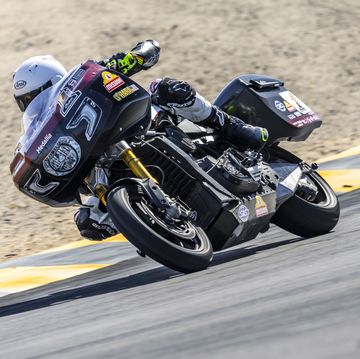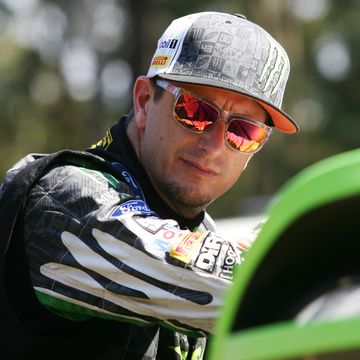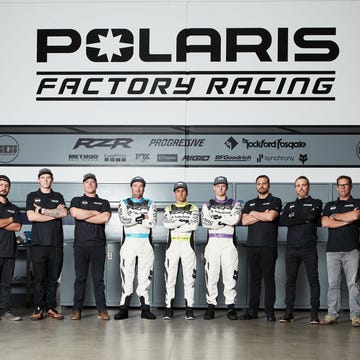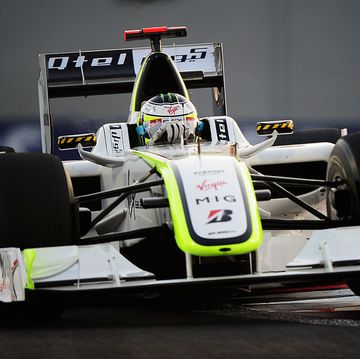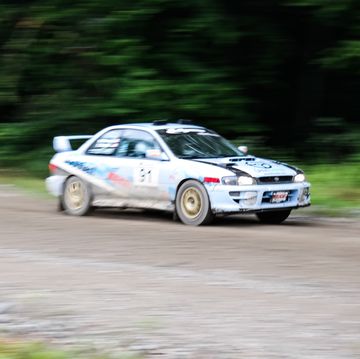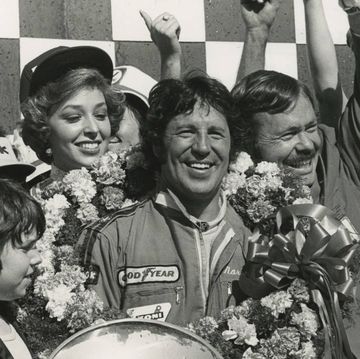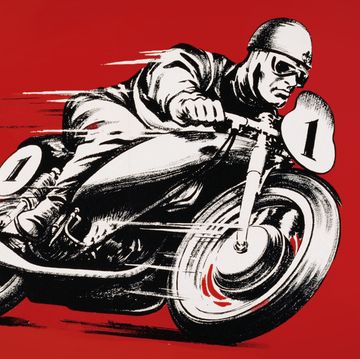Zak Brown is disappointed. As the CEO for McLaren Racing, he has to take responsibility for the team's embarrassing failure to qualifiy for this year's Indy 500. A failure that means Fernando Alonso, a two-time F1 world champion, and one of the biggest stars in motorsports, will have until next year to make an attempt at Indy.
So what went wrong? Brown is still figuring out the details. When R&T contributing editor Marshall Pruett spoke to him on the phone, Brown said he hadn't been home for more than 12 hours, and thus, hadn't undertaken a full post-mortem. But basically, the team was underprepared.
Part of the problem is F1. Brown was hired by McLaren in 2016 to help restore the team to its former glory. Those efforts are still a work in progress, and as a result, they took resources away from the Indy 500 program.
"Priority one in life right now has been, and will continue to be Formula One," Brown told Pruett. "Gil [de Ferran, McLaren's sporting director and 2003 Indy 500 winner] added a tremendous amount of value to the IndyCar program, was a big contributor in getting us as close as we got, was focused on Formula One."
For the F1 team, McLaren has made two important recent hires—James Key as technical director and former Porsche LMP1 boss Andreas Seidl as team principal. But those two only joined McLaren in the last two months.
"I just wasn't gonna pull out my guy that was a big contributor to the progress we're having right now," Brown said of de Ferran. "He wasn't in Long Beach; he was in China... Would the [Indy] program have benefited from Gil being involved from day one? Absolutely."
Brown also spoke to Associated Press reporter Jenna Fryer, who detailed a "comedy of errors" for McLaren's Indy program. Reading Fryer's piece, it becomes clear the McLaren program lacked strong leadership. Tellingly, the team didn't even have a steering wheel ready a week before the April test at Texas Motor Speedway that would serve to get Alonso familiar with the car he'd race at Indy. Brown himself had to call Cosworth to get a steering wheel for the car.
"We didn’t get out until midday, our steering wheel was not done on time, that’s just lack of preparation and project management organizational skills," Brown told the AP. "That’s where this whole thing fell down, in the project management. Zak Brown should not be digging around for steering wheels."
Bringing a new program to the Indy 500 is daunting, even for a legendary team like McLaren, so, a technical partner can be a huge asset. When Alonso made his first attempt at Indy with McLaren, they partnered up with the very successful Andretti Autosport team, which gave the racer a great shot at winning the race. This time McLaren went at it as an independent team, but it called upon Carlin Racing for help.
Carlin has had significant success in various junior open-wheel formulae in Europe, but 2019 is only its second full year in IndyCar. It may not have been the right partner for McLaren. One particular anecdote from Fryer's story sticks out.
The McLaren crew prepared its primary Dallara DW12 chassis for Alonso at its headquarters in Woking, England, but it purchased a spare chassis from Carlin. According to Fryer, the spare chassis was painted the wrong shade of orange. It was sent to a paint shop near the Speedway to be sprayed in the correct shade, Papaya Orange. Alonso crashed his primary chassis during practice last Wednesday, and because the spare had spent so much time in the paint shop, it wasn't prepared. Alonso didn't get back out until Friday.
For reference, when Arrow Schmidt Peterson's James Hinchcliffe crashed on Saturday, he was back out in his spare chassis just hours later. "The chassis not being ready for the second day [of practice] was unacceptable," Brown told Pruett. "Performance and reliability must win when you're making decisions. In hindsight—which is always, of course 20/20—nothing should have really stopped us from having our spare car ready."
"McLaren didn't qualify because of its own failings," Brown told Pruett. When the partnership with McLaren was set up, Carlin only planned on fielding two Indy 500 entries of its own. It later decided to add a third, which likely stretched Carlin too thin. Only one of Carlin's cars managed to make the show.
But that doesn't excuse McLaren falling short. "We shouldn't have needed them as much had we done our job," Brown told Pruett. "[Carlin] were one of many service providers. McLaren is who failed to qualify for Indy, and we take total responsibility for that along the way."
As Fryer details for the AP, there were other issues. Some were beyond McLaren's control, like electronic gremlins that showed up on the first day of testing at Indy. Others, like the team putting the wrong gear ratios in Alonso's car for his last-chance four-lap attempt to qualify for one of three remaining spots on the grid, were. Read Fryer's story for a full recap.
At the end of his conversation with Pruett, Brown expresses his disappointment, but he said he won't let this experience deflate McLaren.
"As you know, Penske, [Bobby] Rahal, Andretti, all these guys have taken turns of sitting here on Monday not racing next weekend, and I think McLaren has been around racing so long that you get stronger ultimately by these situations," Brown said. "It's obviously a bad part of McLaren history moving forward, unfortunately, but there's a lot of history ahead of us.
"We understand where our failings were this event, and we'll come to understand them even further, and we'll keep racing. That's what we've always done. Resolve is really strong."
Additional reporting by Marshall Pruett.
A car enthusiast since childhood, Chris Perkins is Road & Track's engineering nerd and Porsche apologist. He joined the staff in 2016 and no one has figured out a way to fire him since. He street-parks a Porsche Boxster in Brooklyn, New York, much to the horror of everyone who sees the car, not least the author himself. He also insists he's not a convertible person, despite owning three.






